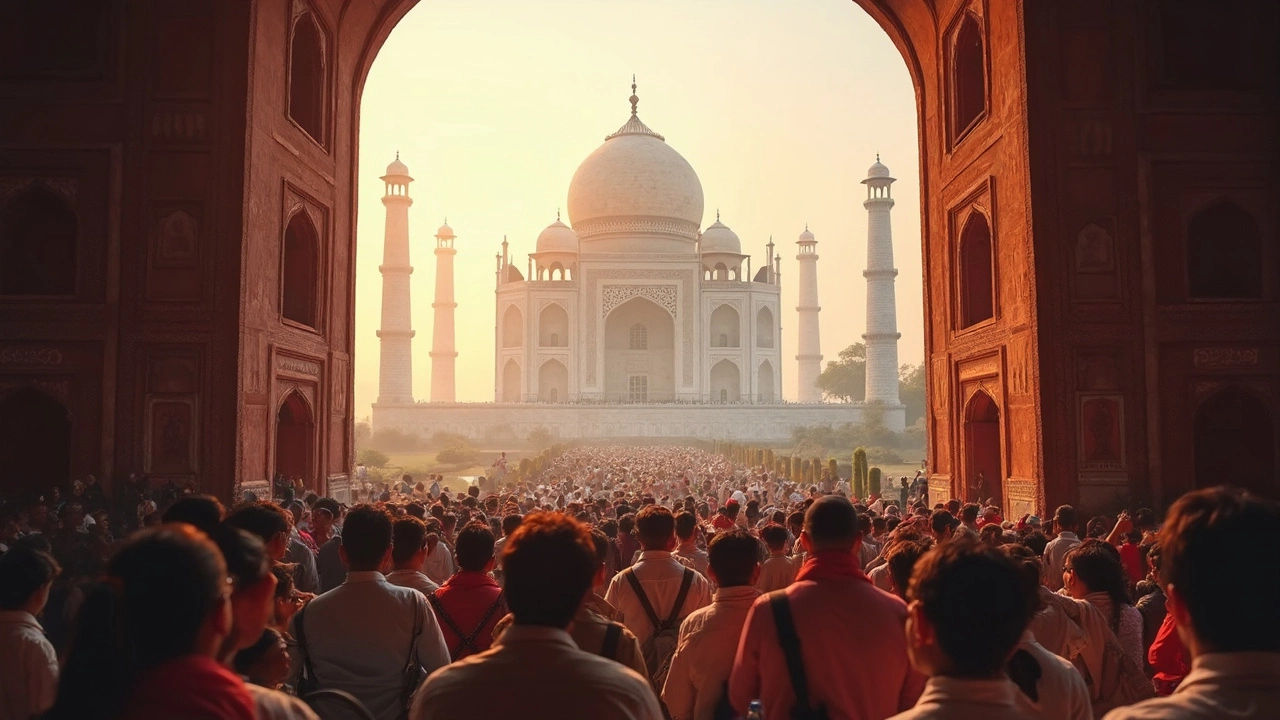UNESCO Sites You Should Know About
When you hear "UNESCO" you probably think of famous monuments, ancient ruins or stunning natural parks. Those places aren’t just pretty pictures – they’re recognized for their cultural or natural importance on a global scale. This tag page pulls together all the articles that talk about UNESCO sites, why they matter, and how you can experience them without causing harm.
Why UNESCO Matters
UNESCO (the United Nations Educational, Scientific and Cultural Organization) creates a list of World Heritage Sites to protect places that represent outstanding human achievement or natural wonder. Getting on that list means a site gets extra attention, funding, and protection rules. For travelers, it’s a shortcut to the most significant spots on the planet – from the Taj Mahal to the Great Barrier Reef.
Beyond the big names, UNESCO also highlights lesser‑known gems like traditional folk music traditions, ancient street food cultures, and unique festivals. Those entries help keep local practices alive and give small communities a chance to share their story with the world.
Top Tips for Visiting UNESCO Sites
1. Plan Ahead. Most heritage sites have visitor limits, ticket pre‑booking, or specific opening hours. Check the official site or the article linked in this tag for the latest details before you leave home.
2. Respect Local Rules. Many places ban plastic, require you to stay on marked paths, or ask you to keep noise down. Following those rules protects the site and shows respect for the people who cherish it.
3. Support the Community. Buy food, crafts, or guides from local vendors. Articles like "Indian Shorts" or "Gujarat Street Food" explain what you can try while you’re near a UNESCO location, adding flavor to your trip and money to the locals.
4. Learn the Story. Understanding why a site earned UNESCO status makes the visit richer. For example, reading about the oldest folk music in India or the Epic of Gilgamesh gives you context that turns a simple walk into a living lesson.
5. Pack Light and Eco‑Friendly. Use refillable water bottles, wear sturdy shoes, and bring a small bag for trash. Small steps help preserve the beauty for the next traveler.
Each article under the UNESCO tag offers a slice of this bigger picture. Want to know why the Pushkar Camel Fair is a cultural UNESCO highlight? Check the festival guide. Curious about the natural wonders listed by UNESCO in India? The "7 Natural Heritage Sites" post breaks down each park with travel tips and fun facts.
By browsing this tag, you’ll find practical advice, quick facts, and interesting stories that answer common questions like: "What makes a site UNESCO‑worthy?" "How can I experience heritage responsibly?" and "Which hidden gems are worth the extra travel time?"
So whether you’re planning a road trip across Gujarat, a pilgrimage to Vande Mataram’s historic sites, or just want to add a few UNESCO wonders to your bucket list, this page gives you the basics in plain language. No jargon, no fluff – just what you need to enjoy, respect, and remember these priceless places.
Ready to explore? Dive into the posts, pick a site, and start packing. The world’s most treasured spots are waiting, and now you know how to make the most of every visit.
